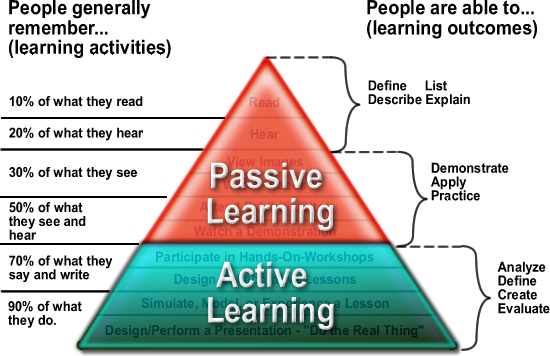Chapter 2 was a great read and I was so relieved to see that my fear from chapter 1 was addressed, which is the barriers we are bound to encounter. Lack of access is my main concern, whether it be in the classroom, at home, or both. As I read through this section I was hoping to see some information on how we can work to avoid or overcome this obstacle, sadly that was not addressed. I did not fret though, because as a mother of a student fresh in the school system I am seeing how proactive the schools are being about this issue and the steps they are taking to ensure no student is left behind. I have seen handouts about affordable internet services provided by local cable companies specifically for families with students enrolled in school, fundraisers have been held specifically for obtaining up-to-date devices, there is also a program they encourage parents to consider, BYOD, Bring Your Own Device. All of these are great strides in the right direction to overcome one of the greater obstacles we will encounter. With proactive faculty, family, and community members we can continue to brainstorm new methods of ensuring our students have the means they need to succeed.

As stated right in the beginning of chapter 3, simply adding
the technology to the schools won’t be enough to change education. In my
opinion, encouraging more active learning would be highly beneficial to the
classroom. I was always and am still a hands-on learner, I like to fully
immerse myself in the material at hand and I find it to be the easiest method
to allow me to focus my attention. Sheryl Nussbaum-Beach couldn’t have
explained blending technology and active learning better when she said “The technology
helps them with connecting, creating and sharing data and becomes an electronic
pencil that allows them to share and collect ideas with others around the world”
(Nussbaum-Beach, 2015). Nussbaum-Beach goes on to say that the devices are not
the main focus here but still needed for students’ progress. The information
students are able to gather and the conclusions they are able to form from the
knowledge they previously had and the new bits they discover are going to make
more sense to them because they found their own way to make connections. I found
this diagram useful as it compares how information is processed through various
classroom approaches.
(Powerful Learning Practice, 2015.)
When the topic of digital literacy arose in chapter 3, I
couldn’t agree more that it needs to be focused on for both the natives and immigrants
of the digital age. It has become too easy to find a cornucopia of information
thanks to the simplicity of a google search, but how do we know what we’re reading
is factual information? It can become overwhelming at times to try and sift
through webpages and articles, I often have to take a break while researching
for projects because my brain feels as if it’s swelling from information
overload. The many means available to educate ourselves through digital
literacy could do more harm than good if we aren’t taught how to do so
properly. Once instructed on how to decipher useful, credible, factual
information from opinion-based, non-credible sources, the internet can prove
promising in educating us on any topic our heart desires.
I nearly feel the information
overload effects from these two chapters, but it’s a positive, beneficial overload. It’s
great to see the pros and cons addressed and comforting to know that we as hopeful
future educators are being fed all the information needed for proper preparation.
I unfortunately find myself worrying about the level of job-security there is
in this field and wonder if with further technological advances, our positions
will become obsolete? I was washed over with a wave of relief to read that we
are still much needed and will continue to serve a great deal of purpose in the
classroom and realm of academia and will now remain optimstic as I continue on my journey.
Resources:
Giallanza, B (2016, February 7). “All for one and one for
all!”. Created with Bitstrips http://www.bitstrips.com/r/1HMXK
Maloy, Robert, Verock-O’Loughlin,Ruth-Ellen, Edwards, Sharon
A., and Woolf, Beverly Park (2013). Transforming Learning with New
Technologies. 2nd Edition. Boston, MA: Pearson Education, Inc.
Nussbaum-Beach, S. (2015, March 10). The key to making the
shift to active learning (and why technology is not enough). Retrieved February
07, 2016, from
http://plpnetwork.com/2015/03/10/shift-active-learning-technology-answer/
Powerful Learning Practices. (2015). Cone of Learning [Image]. Retrieved from URL (http://plpnetwork.com/2015/03/10/shift-active-learning-technology-answer/).

No comments:
Post a Comment